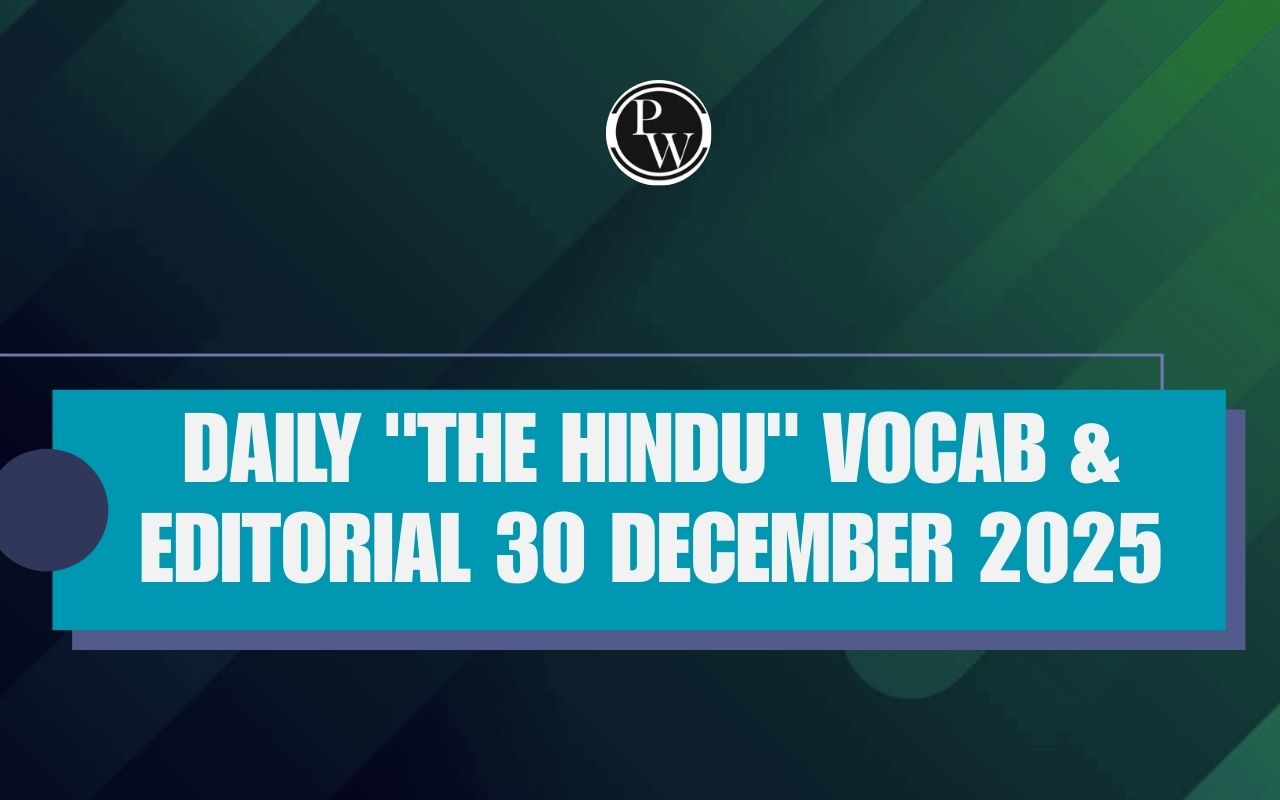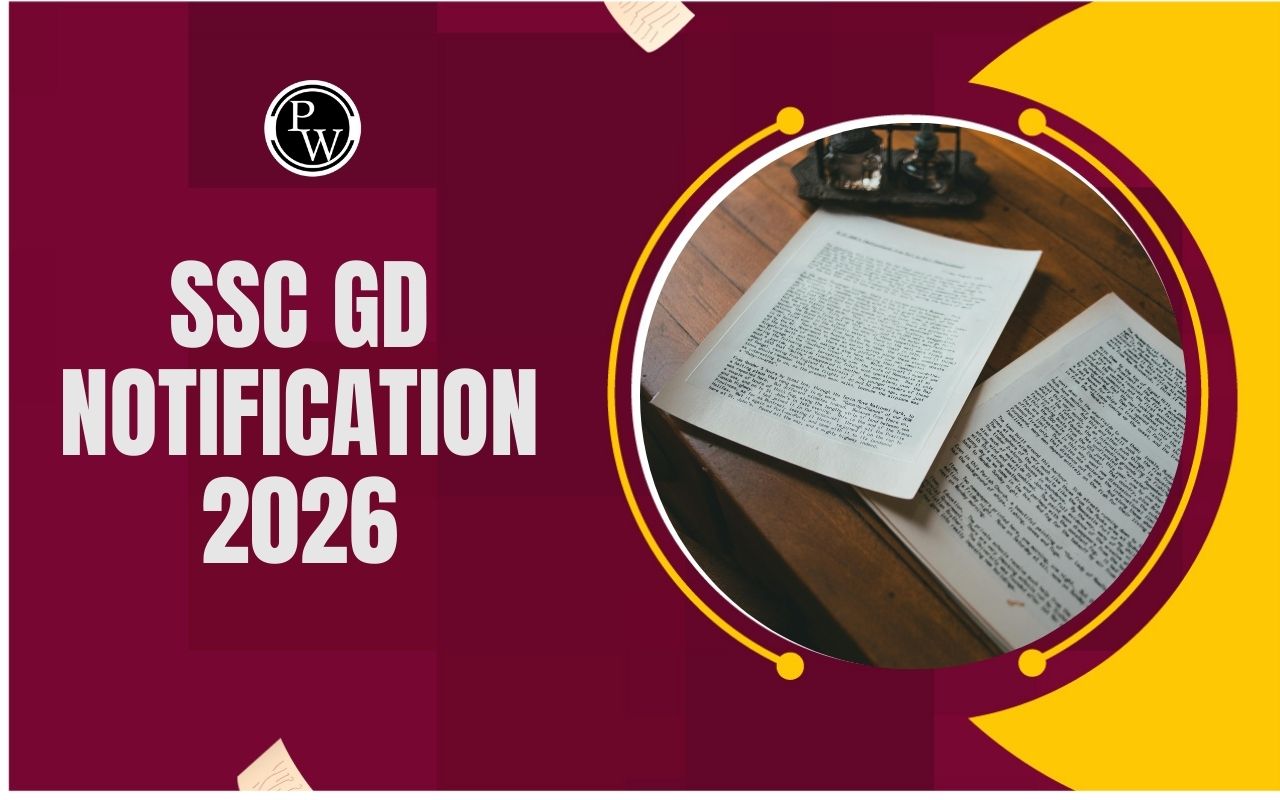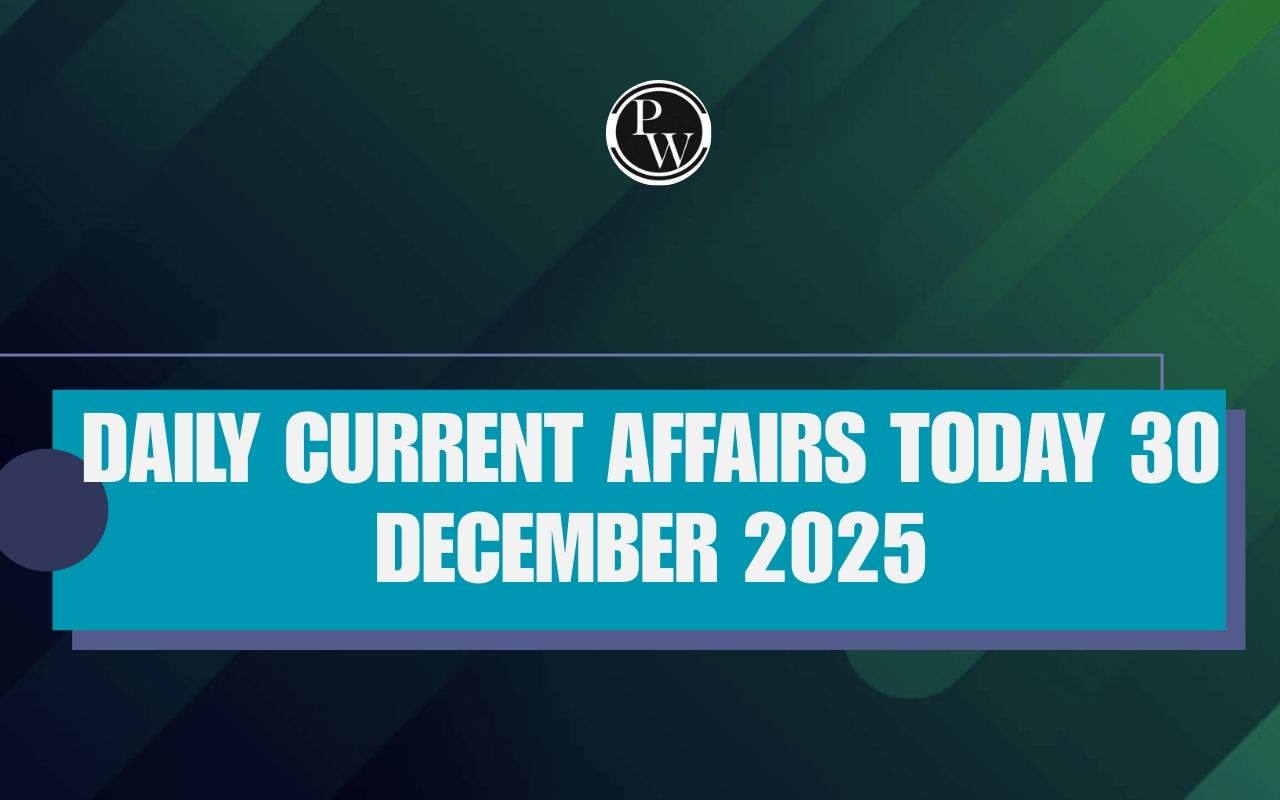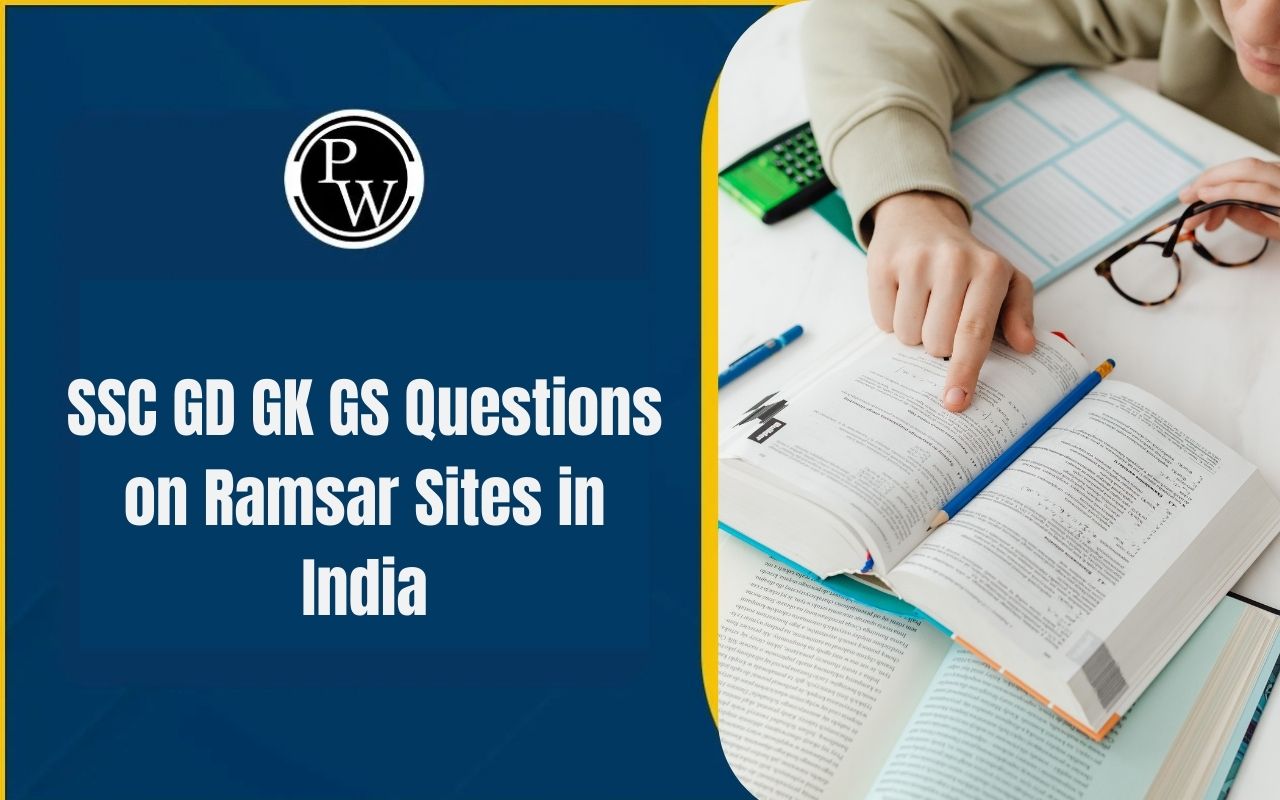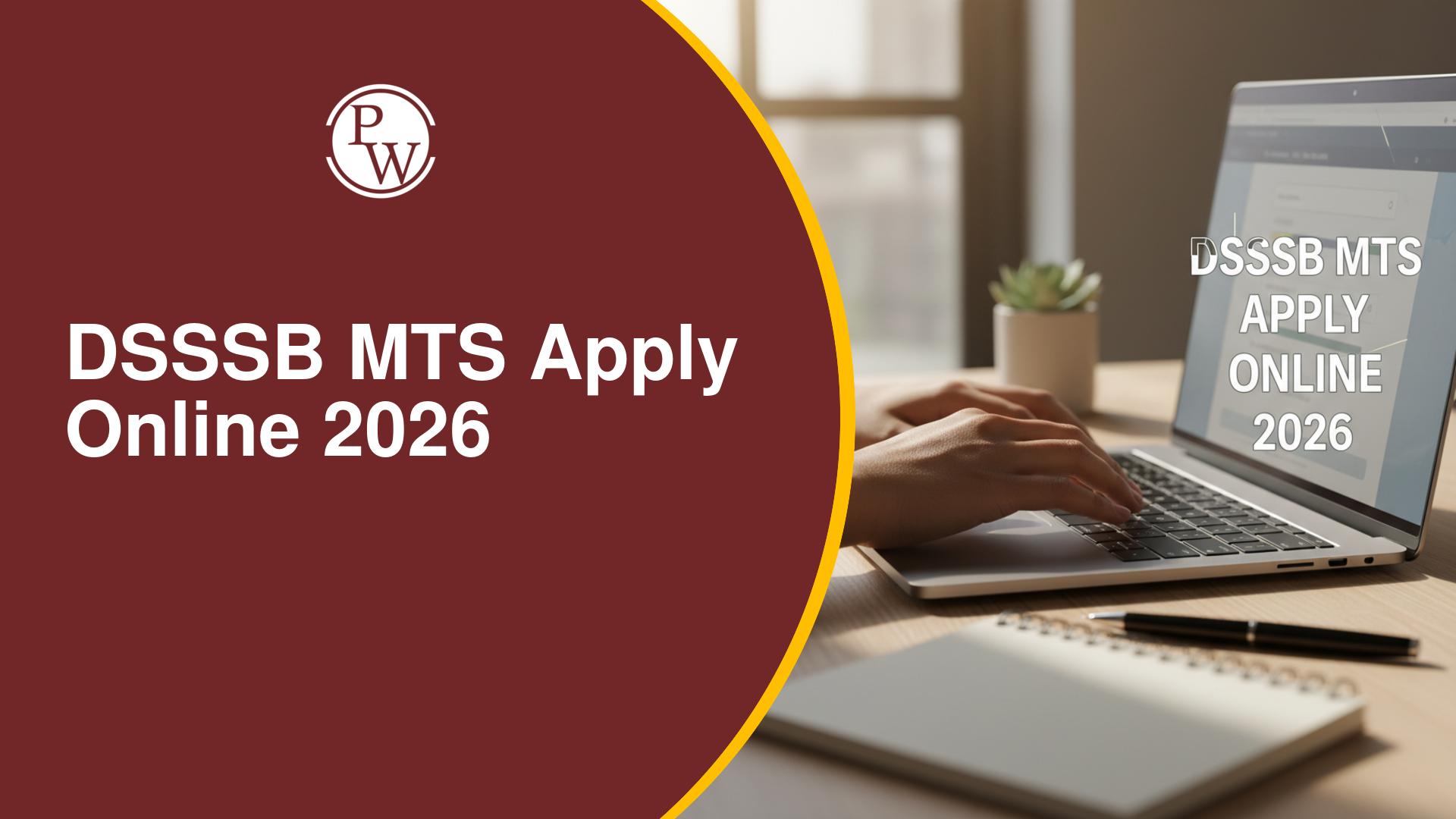
Indian National Movements: The Indian National Movement was a big moment in India's history when people joined together to fight against British rule. Before this, different areas in India tried to resist on their own, but it was hard to stand up to the British alone. India looked more like a bunch of separate places instead of one country.
Even though people in India had different languages and cultures, the British saw them all the same, just for their own benefit. But during the Indian National Movement, everyone came together, ignoring their differences, to work towards one goal: freedom. This movement made India stronger and eventually led to India becoming independent from British rule.Indian National Movements Overview
India's fight for freedom is a big part of its story. It lasted almost 100 years, starting with the Sepoy Mutiny in 1857 and ending when India gained independence from British rule on August 15, 1947. Many leaders, like Mahatma Gandhi, inspired and led people in this fight. They used different ways to protest, like refusing to cooperate with the British and peaceful disobedience, or even armed protests. The Indian National Congress, founded in 1885, was a big part of this fight. They supported people and led the way. Other groups, like the Muslim League, All India Trade Union Congress, and All India Kisan Sabha, also played important roles. But it wasn't easy. There were tough times, like when Bengal was divided in 1905, the Jallianwala Bagh massacre in 1919, and when the British tried to stop the Quit India Movement in 1942. Despite these challenges, India's freedom fighters never gave up until they achieved their goal of independence.Indian National Movements Phases
1. Moderate Phase (1885-1905): Seeking Representation
Leadership: People like Dadabhai Naoroji and Gopal Krishna Gokhale were important leaders.
Objective: They wanted more say for Indians within the British Empire, but not full independence yet. They believed in using peaceful ways to ask for reforms.
Key Features:
- Indian National Congress (INC) was formed in 1885.
- They asked for more Indians in the government and civil service.
- They focused on fixing economic and social issues.
- They mainly used petitions and talks with the British to get what they wanted.
2. Extremist Phase (1905-1919): Pushing for Full Self-Government
Leadership: Leaders like Bal Gangadhar Tilak and Lala Lajpat Rai became important.
Objective: They wanted full self-government, not just more representation. They used bold actions to protest British rule.
Key Features:
- The split of Bengal in 1905 led to big protests.
- They encouraged people to stop cooperating with the British and to boycott foreign goods.
- They pushed for more cultural pride and self-reliance.
3. Gandhian Phase (1919-1947): Fighting Non-Violently for Independence
Leadership: Mahatma Gandhi was the main leader, along with Jawaharlal Nehru and Sardar Patel.
Objective: They wanted complete freedom from British rule. Gandhi led the way with his idea of non-violence.
Key Features:
- They had big movements like the Non-Cooperation Movement (1920-1922) and the Quit India Movement (1942).
- Gandhi encouraged people to resist peacefully and to make their own clothes (Khadi).
- Finally, after World War II, India got independence on August 15, 1947.
Indian National Movements List
Indian National Movements List is as follows:| Indian National Movements List | |
|---|---|
| Indian National Movement | Year |
| Revolt of 1857; Sepoy Mutiny | 1857 |
| Formation of Indian National Congress (INC) | 1885 |
| Partition of Bengal; Swadeshi Movement | 1905 |
| Formation of Muslim League | 1906 |
| Gadar Party Movement | 1914 |
| Home Rule Movement | 1916-1918 |
| Champaran Satyagraha | 1917 |
| Kheda Satyagraha | 1917 |
| Ahmedabad Mill Strike | 1918 |
| Rowlatt Satyagraha | 1919 |
| Khilafat And Non-Cooperation Movement | 1920 |
| Civil Disobedience Movement | 1930 |
| Individual Satyagraha | 1940 |
| Quit India Movement | 1942 |
Indian National Movements Details
- Revolt of 1857 (Sepoy Mutiny): It was a widespread uprising against British rule, sparked by various grievances including the use of rifle cartridges greased with pig and cow fat, which offended religious sensibilities. Although it was suppressed by the British, it marked a significant shift in Indian attitudes towards colonial rule.
- Partition of Bengal: The British government divided Bengal in 1905 for administrative convenience, but it also had the ulterior motive of creating divisions among Bengali Hindus and Muslims to weaken the growing nationalist movement. This led to widespread protests and the emergence of the Swadeshi Movement.
- Swadeshi Movement: This movement, which started in 1905, aimed to promote Indian goods and boycott British products as a way of protesting against British rule and supporting Indian industries. It was a response to the Partition of Bengal and became a significant part of the nationalist movement.
- Formation of Muslim League: Established in 1906, the Muslim League initially aimed to protect the political rights of Muslims in India and ensure their representation in the Indian political system. Over time, it became a key player in the movement for Pakistan.
- Gadar Party Movement: Formed in 1913 by Indian expatriates in North America, the Gadar Party aimed to overthrow British colonial rule in India. It was involved in revolutionary activities and played a significant role in the struggle for independence.
- Home Rule Movement: Led by Annie Besant and Bal Gangadhar Tilak from 1916 to 1918, the Home Rule Movement sought self-rule and self-governance for India within the British Empire. It helped in unifying moderate and extremist factions within the nationalist movement.
- Champaran Satyagraha: In 1917, Mahatma Gandhi led the Champaran Satyagraha, a protest against the forced indigo cultivation by British landlords in Champaran, Bihar. It was one of Gandhi's first successful experiments with nonviolent resistance.
- Rowlatt Act: Passed in 1919, the Rowlatt Act allowed the British government to jail suspects without trial, leading to widespread protests and the Jallianwala Bagh Massacre.
- Jallianwala Bagh Massacre: In 1919, British troops fired on a peaceful gathering of protesters in Jallianwala Bagh, Amritsar, killing hundreds of unarmed civilians. This brutal incident fueled further resentment against British rule.
- Non-Cooperation Movement: Launched by Gandhi in 1920, the Non-Cooperation Movement aimed to boycott British goods, institutions, and services as a means of nonviolent resistance against colonial rule.
- Civil Disobedience Movement: Following the Non-Cooperation Movement, the Civil Disobedience Movement of 1930 aimed to challenge British laws and taxes through nonviolent civil disobedience.
- Quit India Movement: Gandhi's call for the British to "Quit India" in 1942 led to widespread protests and civil disobedience across the country, marking a significant moment in the struggle for independence.
- Partition of India: In 1947, British India was divided into two separate nations, India and Pakistan, based on religious lines, leading to widespread violence and displacement.
Indian National Movements Factors Responsible
The Indian National Movement was shaped by various factors that contributed to the fight for India's independence from British rule. Here's a simpler breakdown:- Unity in Diversity: Despite diverse cultures and languages, Indians felt united under British rule, creating a sense of nationalism.
- Improved Transport and Communication: Roads and railways built by the British allowed people and ideas to move freely, spreading the message of freedom.
- Growth of Press: Newspapers and publications helped educate people about the freedom struggle and connect activists across the country.
- Repressive Policies: Laws like the Vernacular Press Act restricted freedom of expression, sparking anger and resistance.
- Racial Discrimination: British authorities treated Indians unfairly, leading to resentment and a desire for equality.
- Inspiration from Abroad: Indians drew inspiration from other countries' struggles for freedom, shaping their own movement.
- Economic Exploitation: British policies exploited Indian resources, fueling the desire for economic independence.
Indian National Movements Centers
As for the important centers of the movement:- Mumbai: A center for nationalist leaders and Congress sessions.
- Kolkata: Another hub for nationalist activities and home to influential leaders.
- Delhi: Witnessed key events like King George V's coronation and became India's capital.
- Ahmedabad: Gandhi's Sabarmati Ashram was a base for nonviolent movements.
- Lucknow, Nagpur, Lahore, Champaran, Amritsar, Dandi, Jhansi: All played significant roles in various movements and protests during the struggle for independence.
| Other Related Links | |
| Tiger Reserves in India | National Parks in India |
| Biosphere Reserves in India | Elephant Reserves in India |
Indian National Movements FAQs
What were the Indian National Movements?
When did the Indian National Movements take place?
Who were the key leaders of the Indian National Movements?
What were the main methods used in the Indian National Movements?

